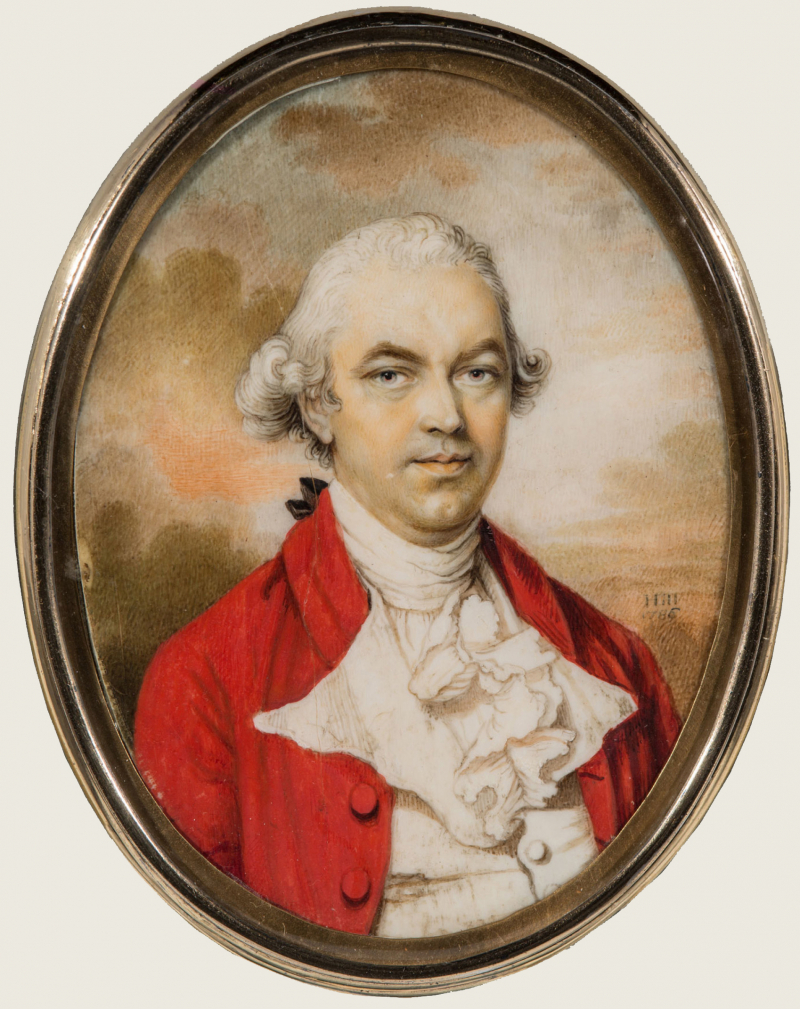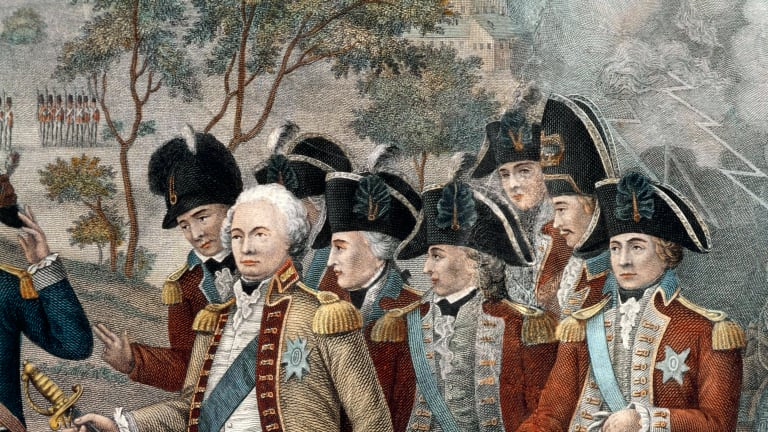The Southern Campaign steadily wore down Cornwallis.
While Cowpens was a setback, the British were far from defeated. From January to March 1781, Greene and Cornwallis fought a war of skirmish and maneuver, with Greene steadily withdrawing farther into North Carolina. During this phase, known as the “Race to the Dan,” the Dan River is a crucial water barrier in the region, helped wear down Cornwallis’ army, and separate the British from their supply lines. Therefore, the planned conquest of the South sapped the strength of the British army, and Cornwallis sustained devastating losses at King’s Mountain, Cowpens, and Guilford Court House. In order to quickly bring the Americans to battle, Cornwallis destroyed his baggage train. Additionally, the race to catch Greene completely exhausted his men. These circumstances compelled the British commander to march on Wilmington, North Carolina after Guilford Court House.
Left without any viable alternatives and hoping to salvage the the Southern Campaign, Cornwallis marched north to invade Virginia - still untouched by the war, and cut American supplies to the Carolinas. Cornwallis’ initial actions in Virginia were successful; American forces under Lafayette were able to slow, but not stop, Cornwallis’ campaign. Concurrently, Cornwallis had established a base of operations at Yorktown, hoping for resupply and reinforcement by sea. The French victory at the Battle of the Capes on September 5, 1781, removed this possibility and cut off Cornwallis by sea. With the arrival of American and French troops, the encirclement was complete, and the siege began on September 28, 1781. After nearly a month, Cornwallis was forced to surrender. By this outcome, the Southern Campaign had steadily wore down Cornwallis.












